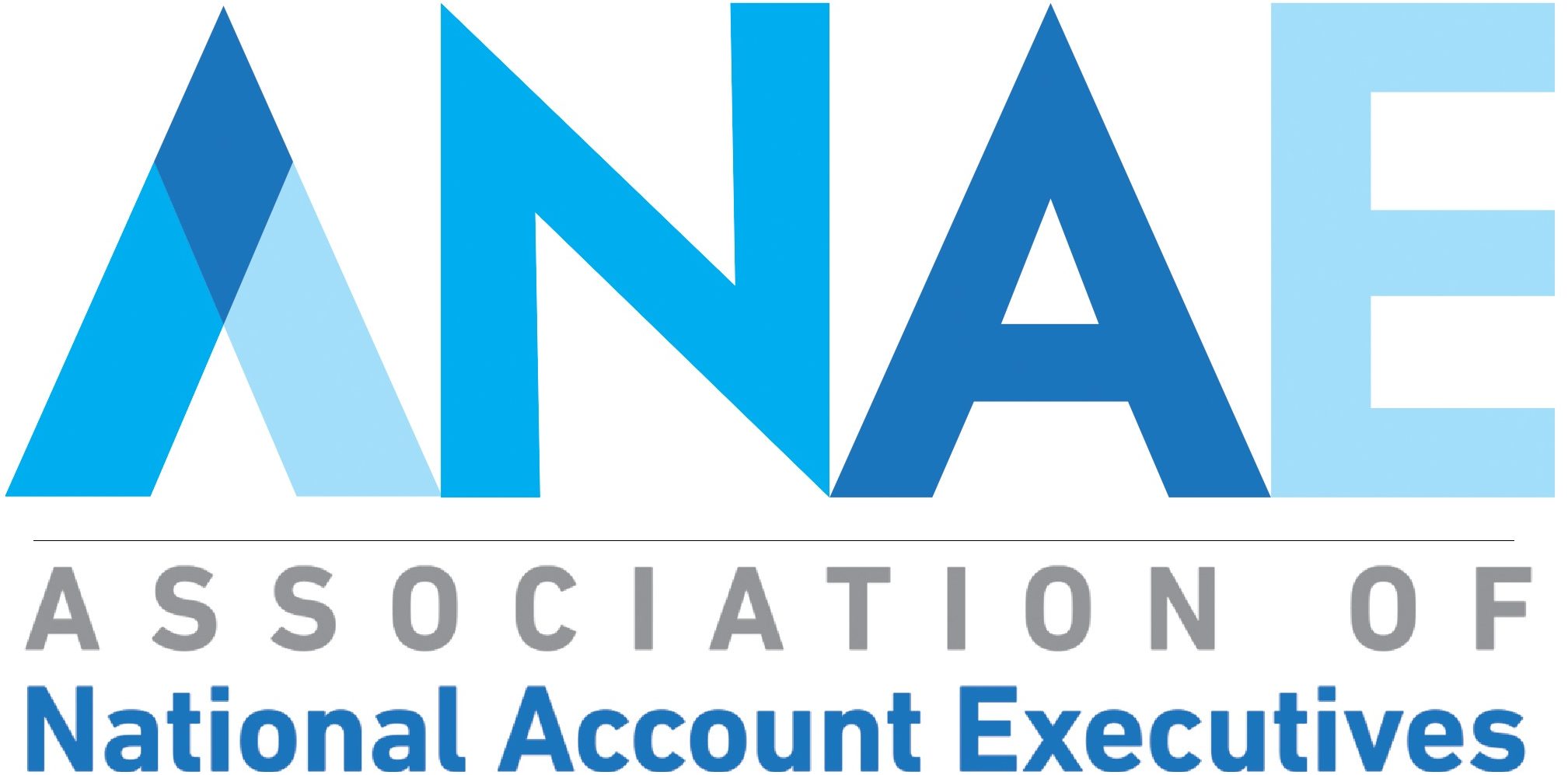Following the mid-term election and change to a Republican-controlled Senate, many industry analysts believe the repeal of the Affordable Care Act’s (ACA) medical device tax, which helps fund subsidized insurance on the exchanges, is a possibility. The action reportedly has some bipartisan support from Democratic senators in states that are home to major medical device manufacturers.
Tax reform is another major issue the new congress will contend with, specifically tax inversions. In Oppenheimer’s view, the potential for a retroactive bill with additional limits on tax inversions is likely to be reduced. In the Oppenheimer large cap universe, the average would reportedly increase in 2015, and earnings per share would be four percent if the tax were removed.
Oppenheimer’s estimated 2015 earnings per share with and without the medical device tax are:
– Boston Scientific: $0.90 and $0.96
– Medtronic: $4.38 and $4.49
– St. Jude Medical Inc: $4.22 and $4.46
– Stryker Corporation: $5.22 and $5.45
Changes to the Affordable Care Act will impact providers as well, though perhaps to a lesser degree than Manufacturers and Distribution. According to Premier Inc’s fall 2014 Economic Outlook survey, although Affordable Care Act implementation remains a major challenge for hospitals, its impact on finances may be lessening when compared to other issues. Survey respondents cited new care delivery models, such as accountable care organizations (ACOs) and industry consolidation as emerging trends expected to impact providers over the next 12 months.
ACA mandate costs are cited less frequently by large (13 percent) and mid-sized hospitals (19.5 percent), which instead report labor as their primary cost driver. C-suite executives also downplay ACA compliance when compared to labor costs, with just 13.3 percent reporting the ACA as a primary cost driver, as opposed to the 27.6 percent who cite labor, according to Premier.
The Premier survey also found that an increasing number of hospitals are shifting their focus to the voluntary programs within the ACA. Just over a quarter of respondents cite new care delivery and payment models such as accountable care and bundling, which is up from 14.3 percent a year ago. In part, this focus is creating new cost centers in hospitals, including the management of chronic, high utilization patients (a primary cost driver for 13.4 percent of C-suite executives), and poor care coordination (a primary cost driver for 10.2 percent of respondents overall), say the authors.
These responses certainly show a softening of the severe actions hospitals have needed to take to survive reform in the past few years. Maybe where we are today is the new normal. I know in speaking to many suppliers across the country a new normal is welcome – especially if that new normal truly embraces the value equation with regard to the evaluation of products, therapies, and services.
Many Suppliers express concerns that supply chain leaders are still mired with chasing savings on products without taking into consideration the value brought by those products and/or how those products affect outcomes and patient experience.
So whether the recent election brings changes to the medical device tax or not, I am certain the triple aim of reform is here to stay and will continue to dictate how hospitals are paid, how hospitals reward care givers and administration, and, eventually, how hospitals evaluate products and services from suppliers.
